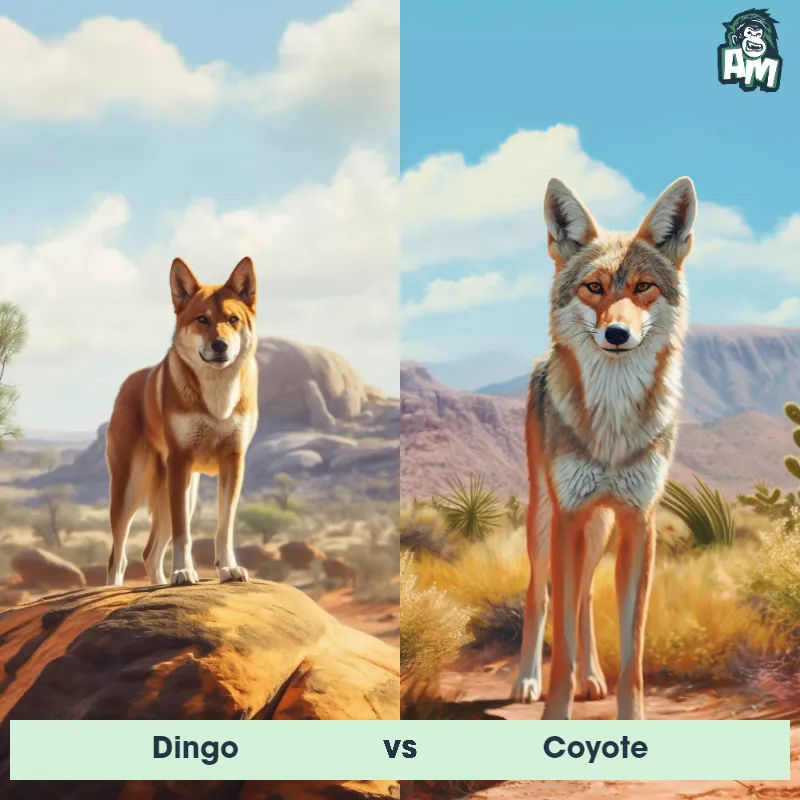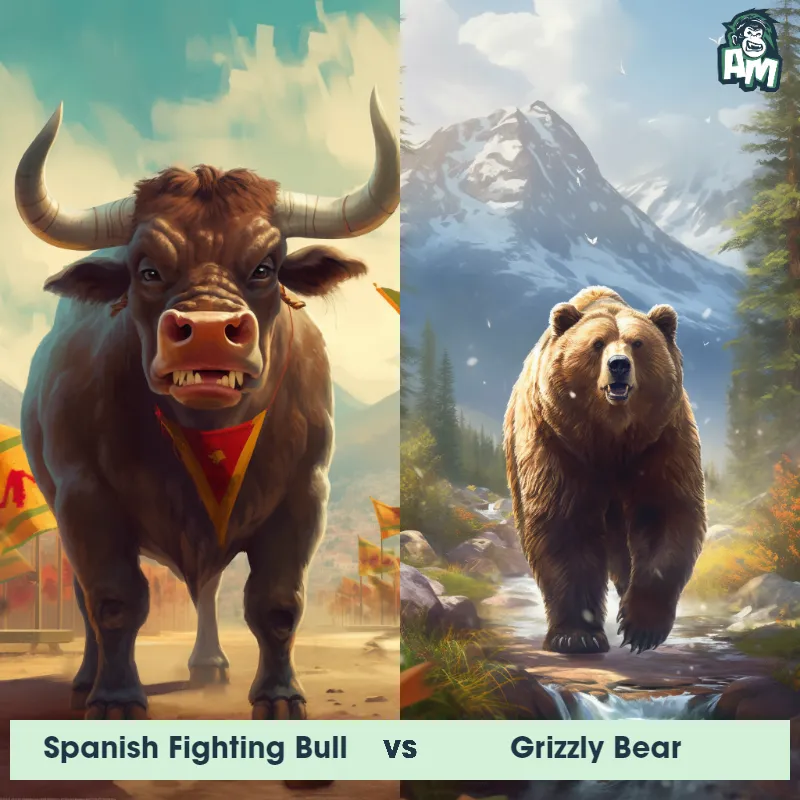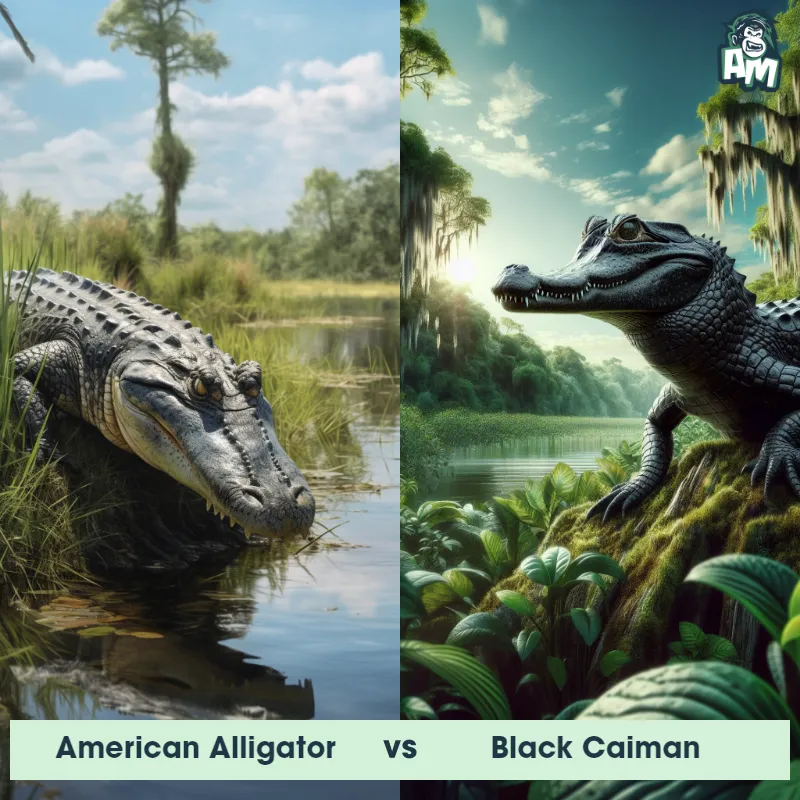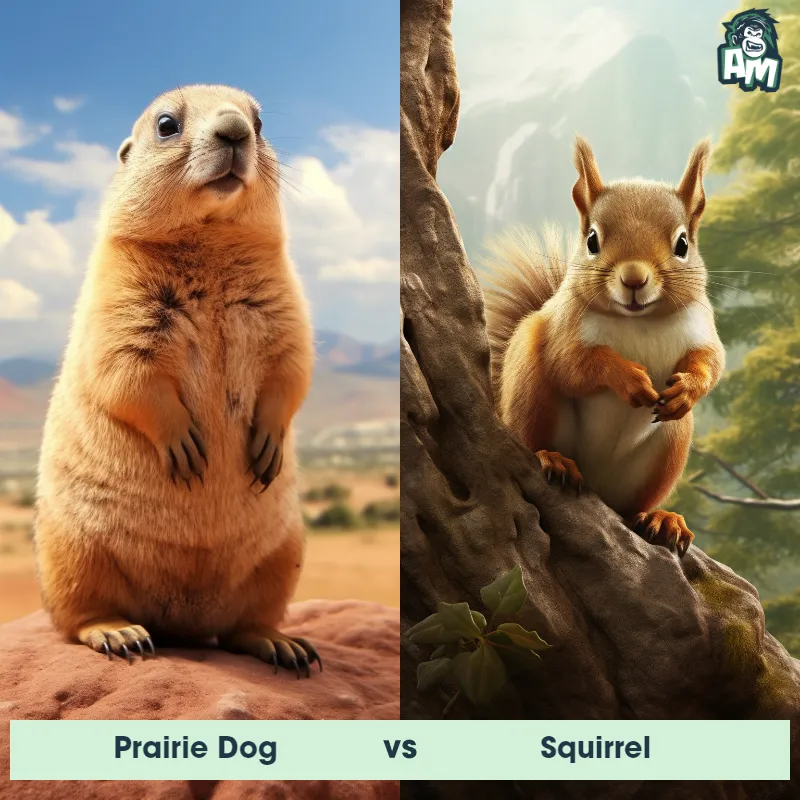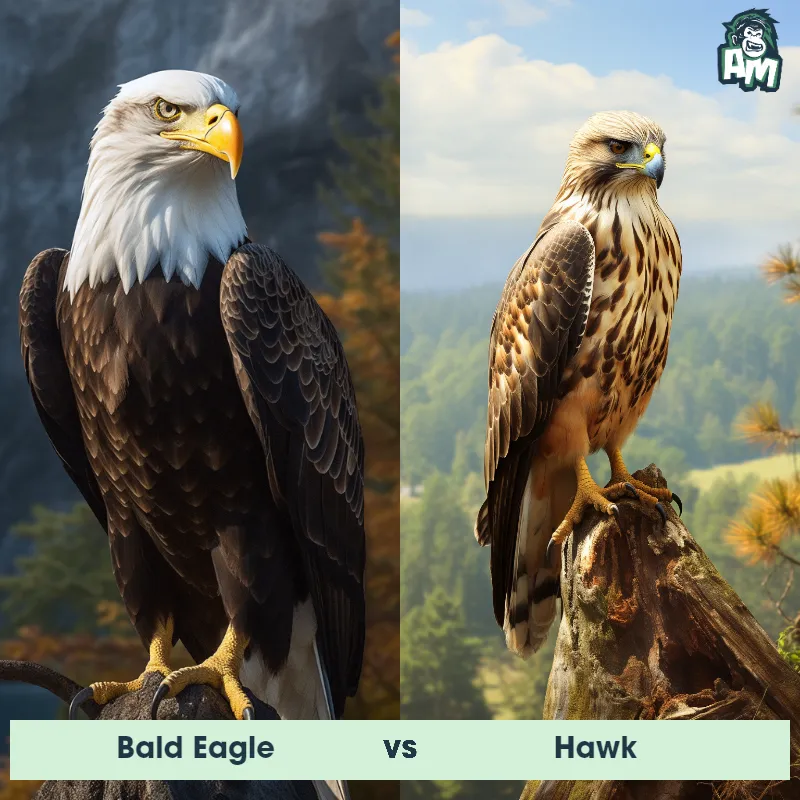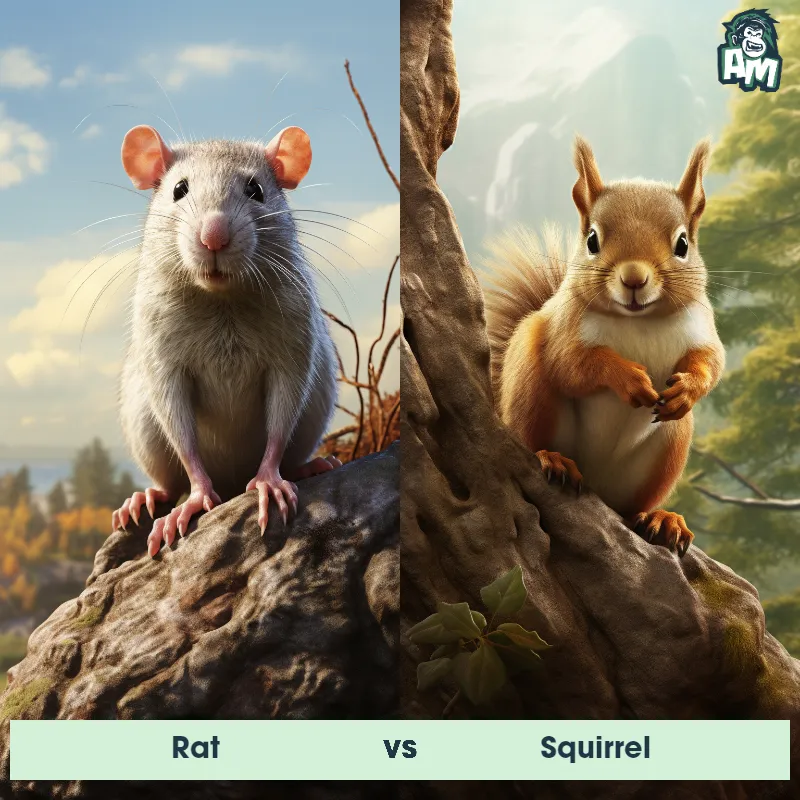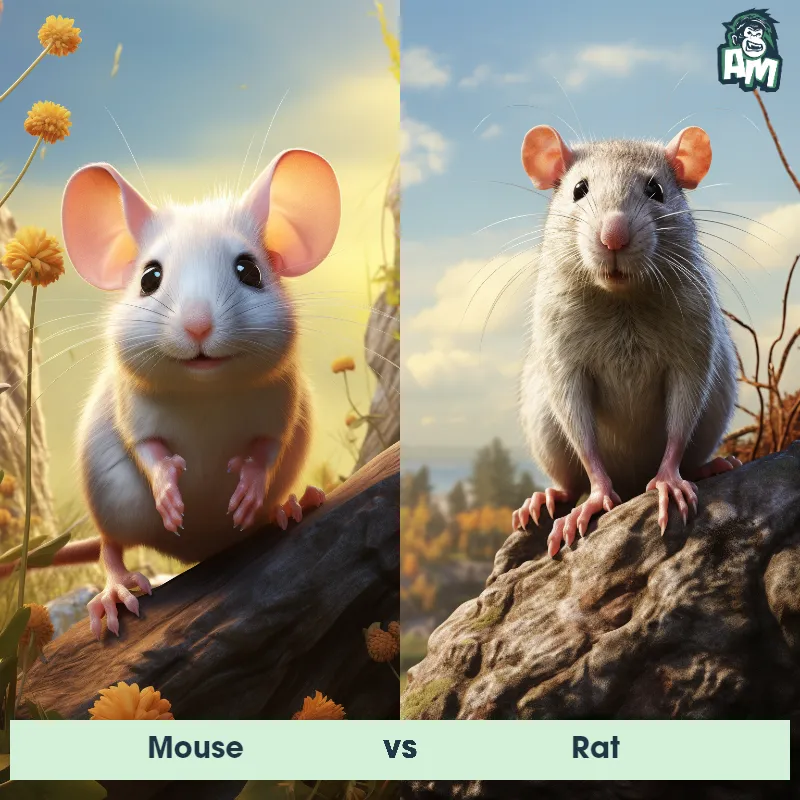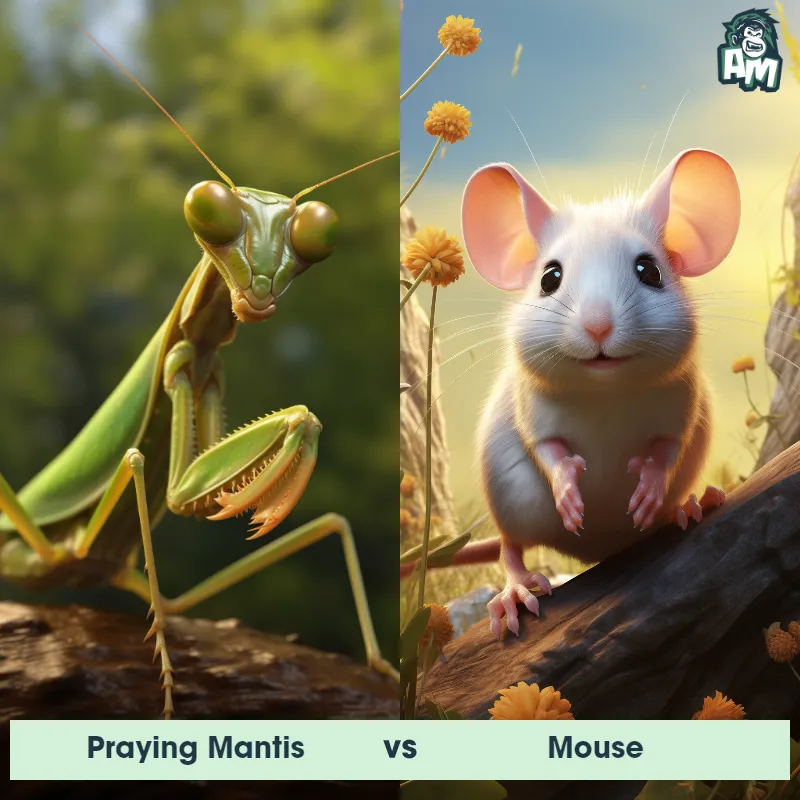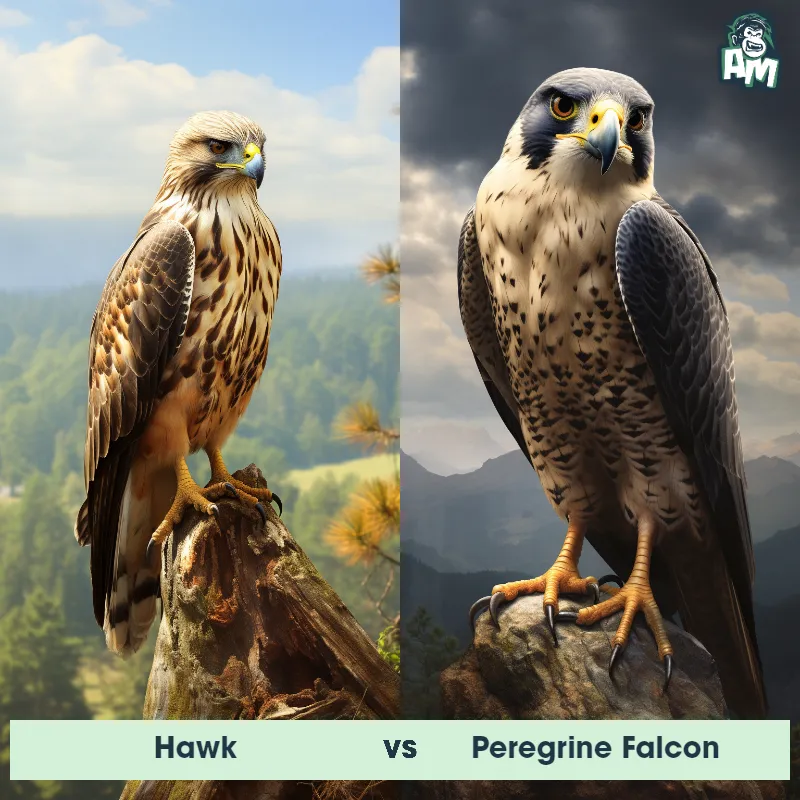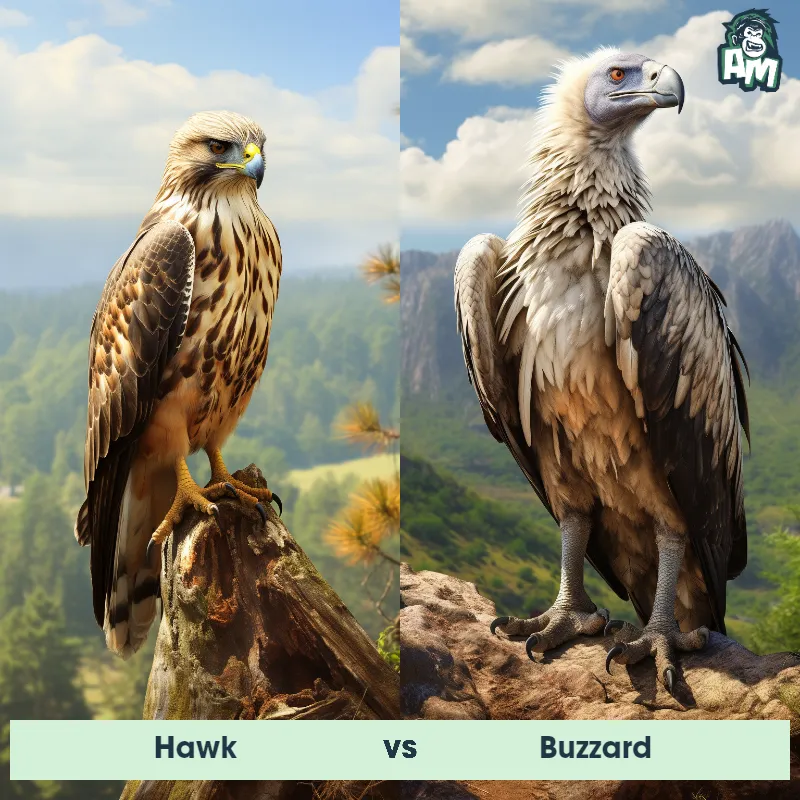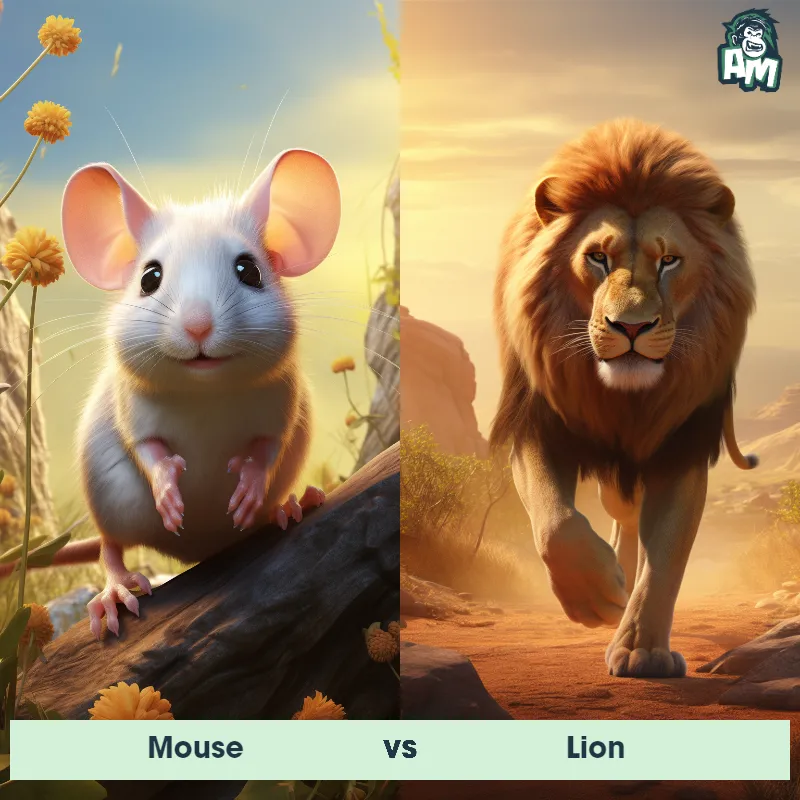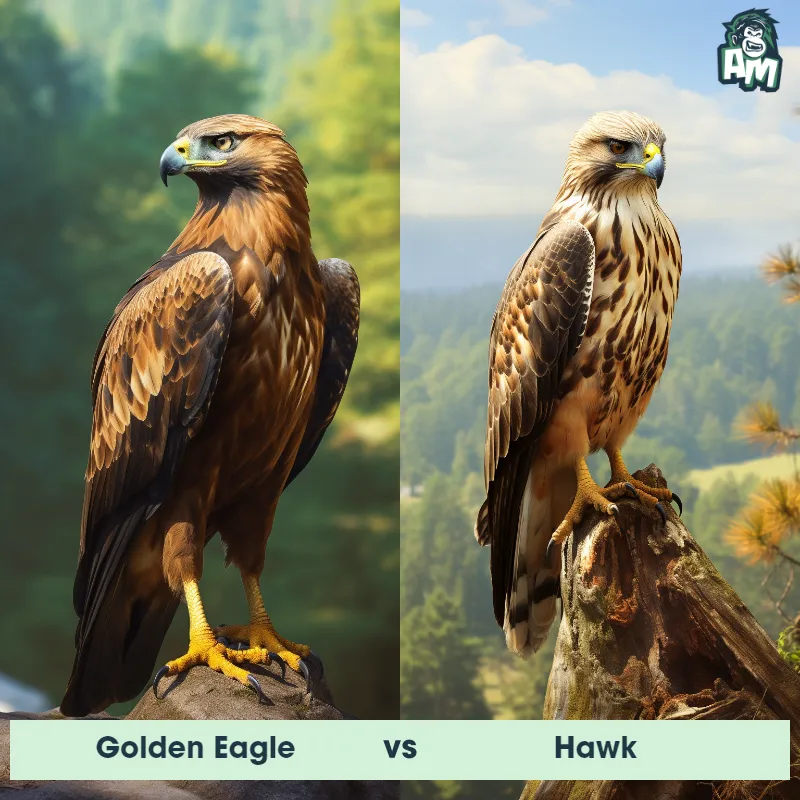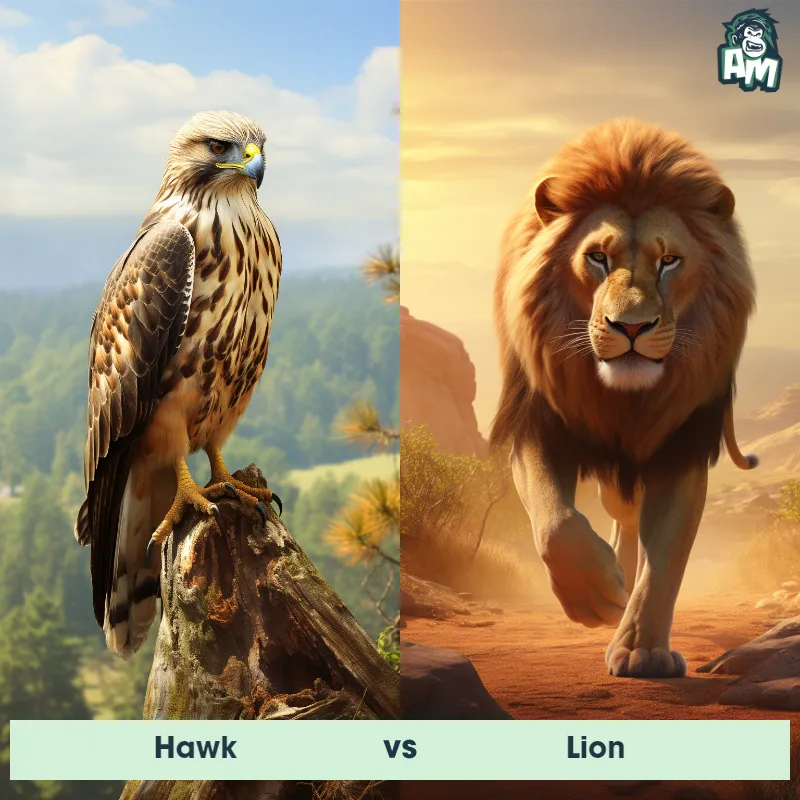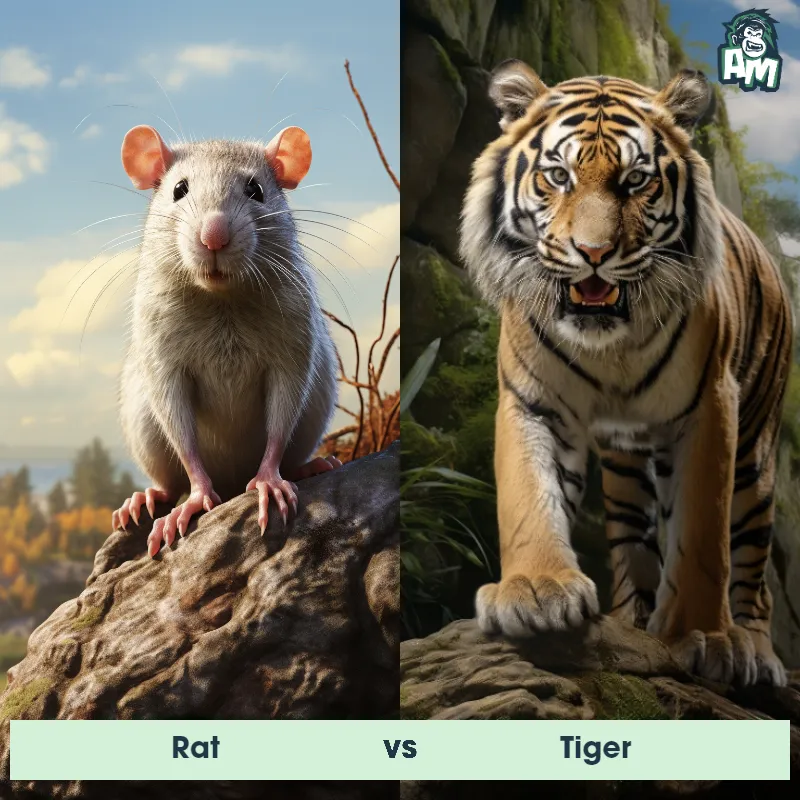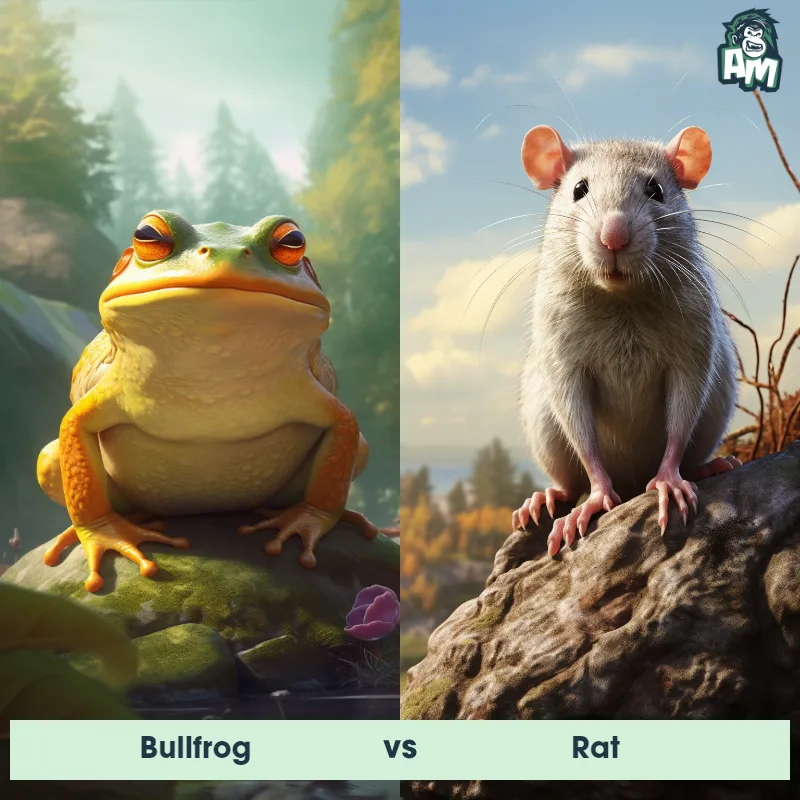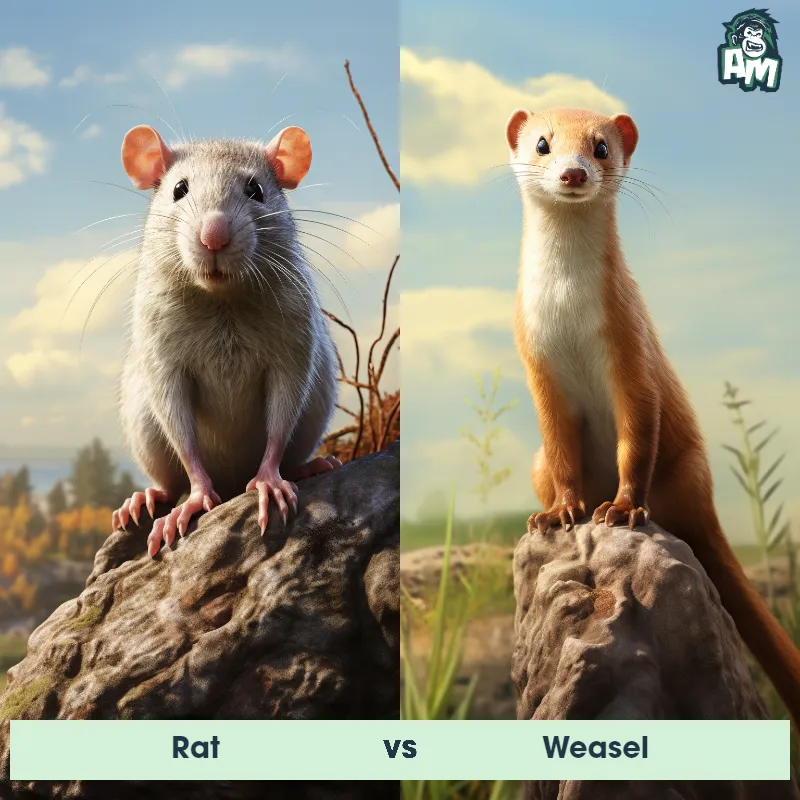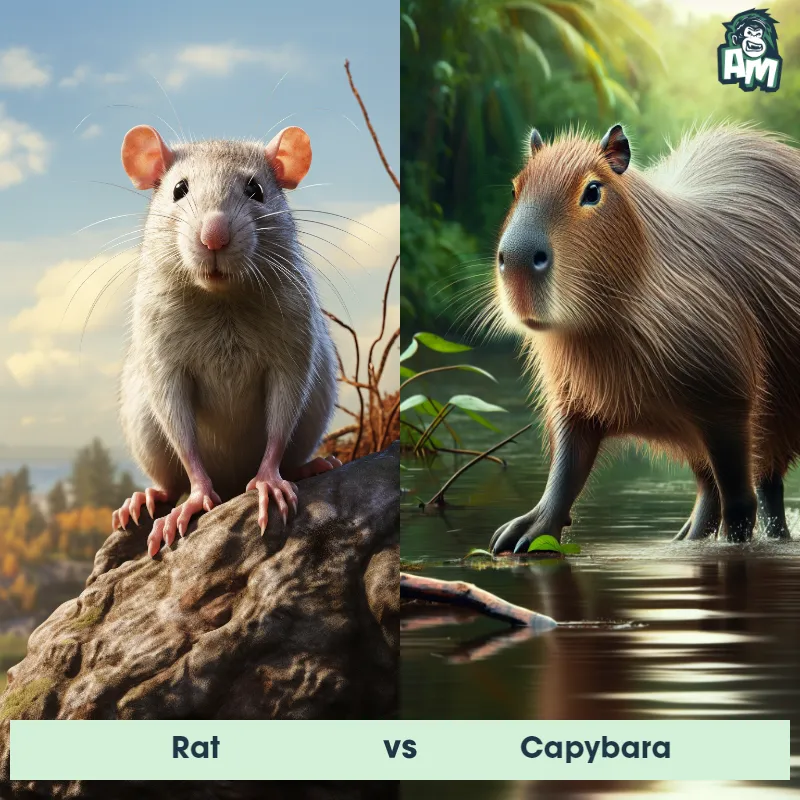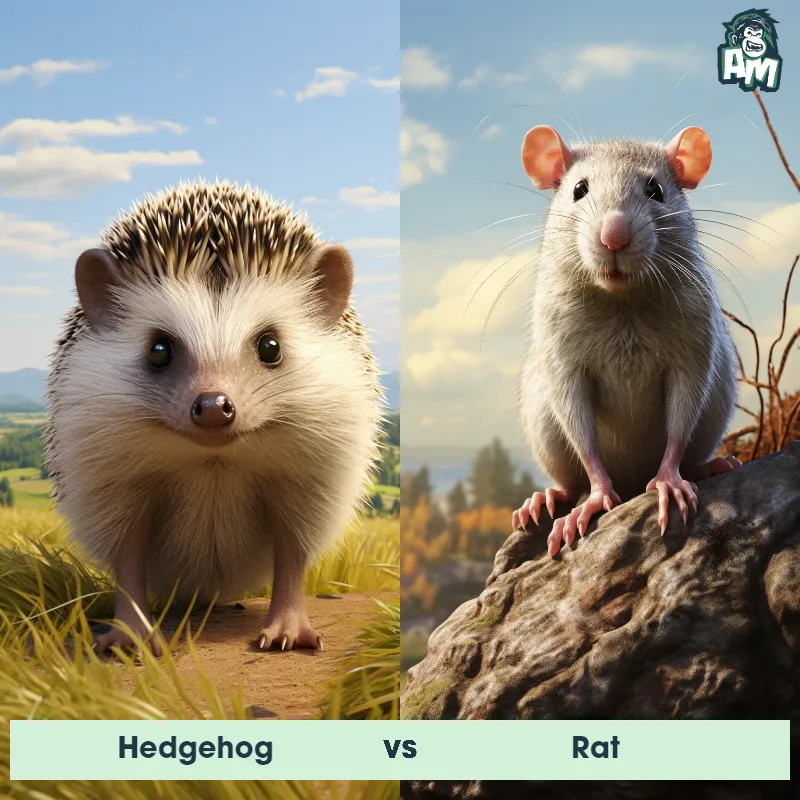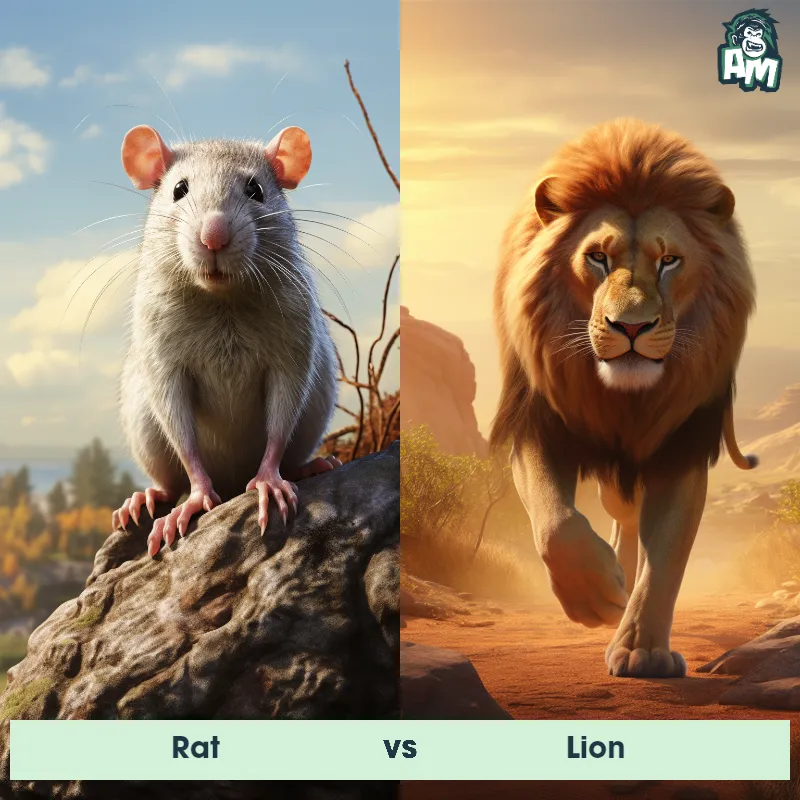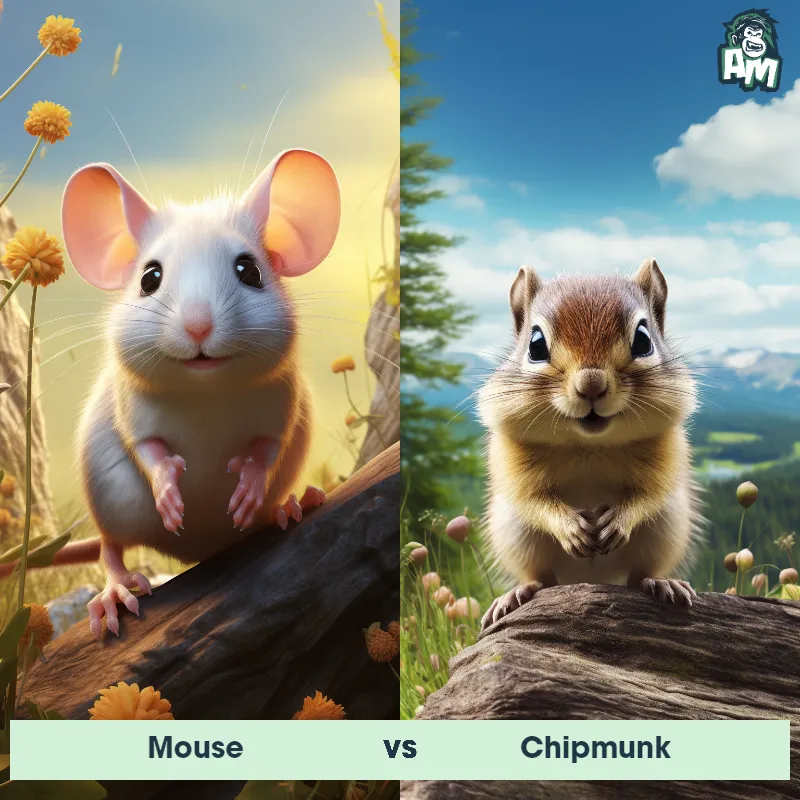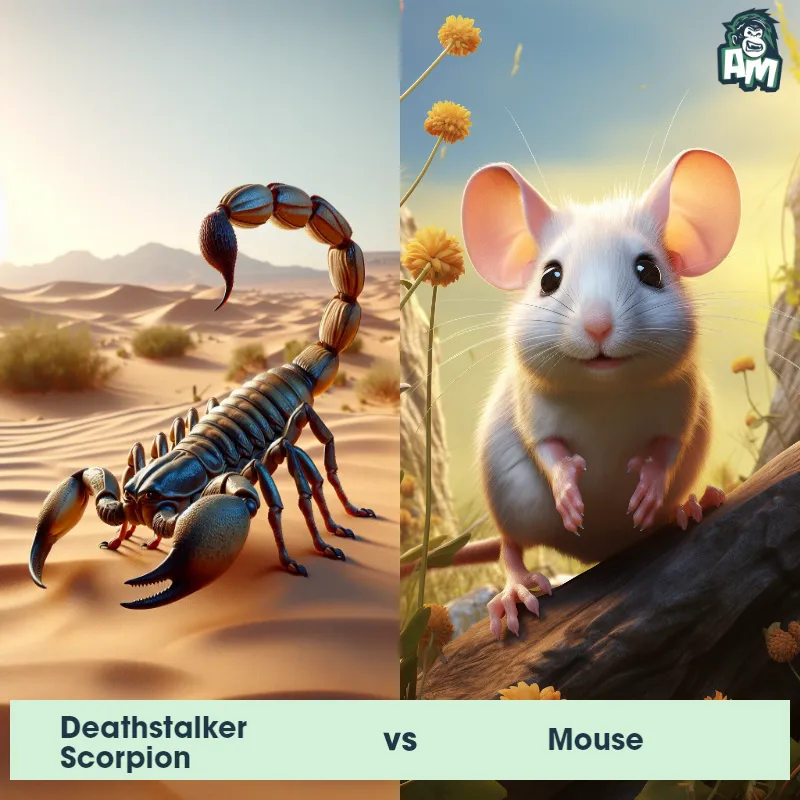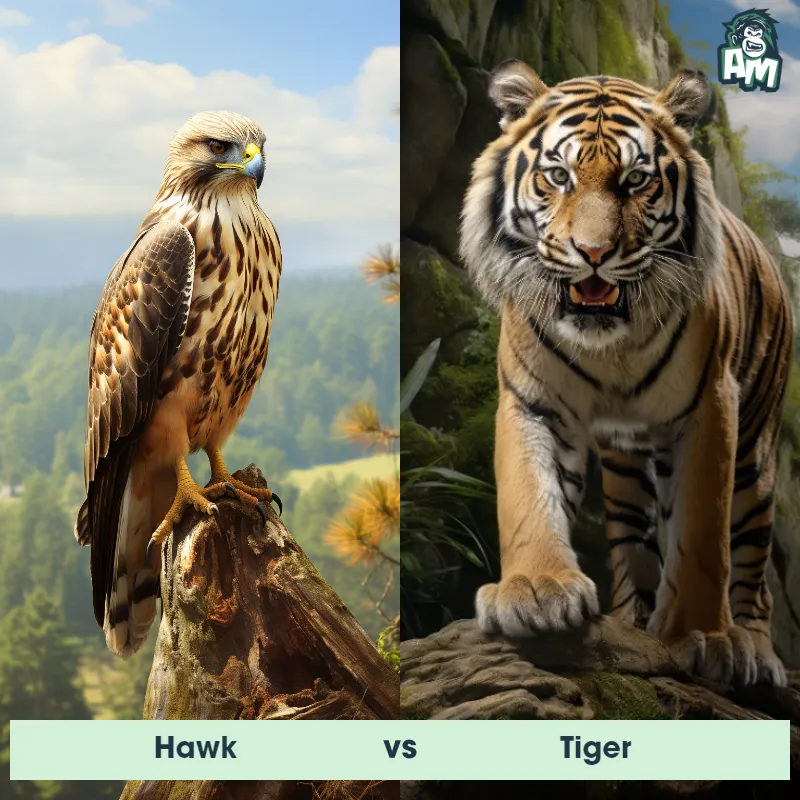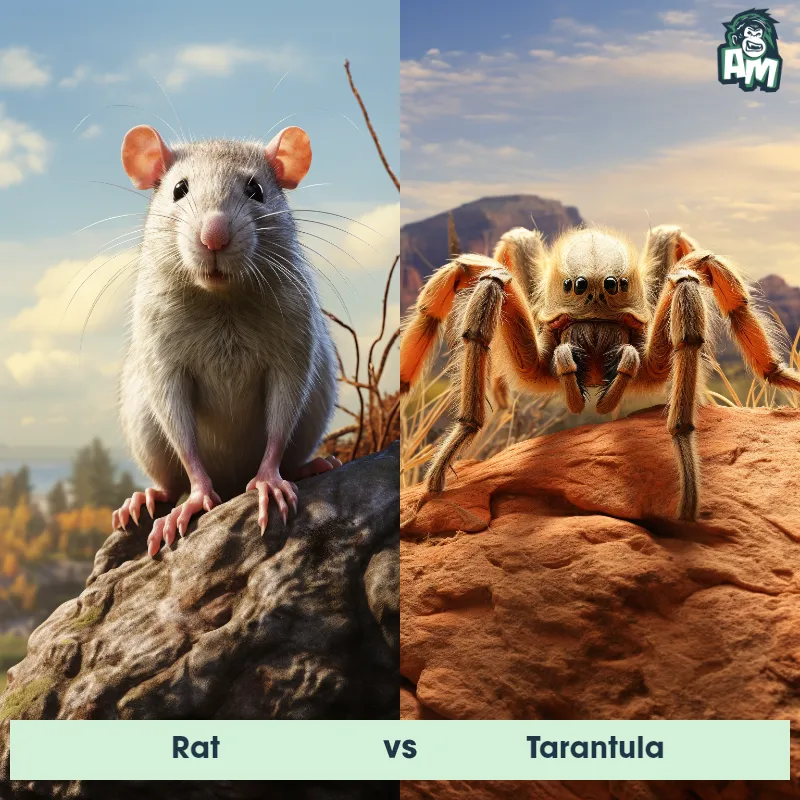Rat vs HawkSee Who Wins

Ladies and gentlemen, we appreciate your presence in what promises to be an epic contest between the agile rat and the powerful hawk. Coming from modest origins, the rat boasts nimble movements and speed, while the hawk wields an aerial advantage, sharp talons, and an equally sharp vision. These unique abilities make for a thrilling spectacle you won't want to miss. The question remains - can raw, earth-bound agility triumph over disciplined airborne strikes? Let's find out!
Contender 1: Rat
The Rat is a medium-sized, long-tailed rodent, renowned for its adaptability to various environments. Common species include the larger brown rat (also known as the Norway rat) and the smaller black rat. Rats typically range from 9 to 11 inches in body length, with a tail length that's about the same. They have robust bodies, pointed snouts, and small, hairless ears. Rats are omnivores, with a diet that can include grains, fruits, vegetables, meat, and eggs, and they have a strong instinct to gnaw, which keeps their constantly growing teeth in check.
Fun Fact: Rats have excellent memories, and once they learn a navigational route, they won't forget it.
Contender 2: Hawk
The hawk is a bird of prey known for its sharp vision, hooked beak, and powerful talons. Hawks are found all over the world except in polar regions. They come in a wide range of sizes, with some species being as small as a pigeon, while others can grow to a wingspan of up to 55 inches. Their diet primarily consists of small mammals, birds, and reptiles. Hawks are generally solitary creatures, often seen soaring high in the sky in search of their next meal.
Fun Fact: Hawks have some of the sharpest eyesight in the animal kingdom, with some species able to spot a mouse from a height of a mile.
Matchup Stats
| Rat | Hawk | |
|---|---|---|
| Size | 9 to 11 inches (22.86 to 27.94 cm) | Up to 22 inches (56 cm) in length, wingspan up to 55 inches (140 cm) |
| Weight | 0.77 to 1.1 lbs (350 to 500 grams) | Up to 4.5 lbs (2 kg) |
| Speed | 7mph (11km/h) | 150mph (241km/h) |
| Key Strength | Strong instinct to gnaw | Sharp vision, hooked beak, and powerful talons |
| Biggest Weakness | Small size and lack of defensive mechanisms | Limited ground mobility |
Current Votes
Rat vs Hawk
See Who Wins
View More Matches
Looking For More?
Similar Matches
Scientific Stats
| Rat | Hawk | |
|---|---|---|
| Scientific Name | Rattus | Accipitridae |
| Family | Muridae | Accipitriformes |
| Habitat | Various environments, including urban areas, forests, and fields | Forests, deserts, grasslands, fields, mountains, and coastal regions |
| Geography | Worldwide, except for Arctic and Antarctic regions | Worldwide except in polar regions |
| Diet | Omnivorous (grains, fruits, vegetables, meat, eggs) | Small mammals, birds, and reptiles |
| Lifespan | 1 year - 4 years | 10 years - 30 years |
Key Differences between Rat and Hawk
- Size: Hawks are significantly larger than Rats, with an average wingspan of 3 to 4 feet, while Rats are relatively small mammals, measuring around 6 to 10 inches in length.
- Wings: Hawks have long, broad wings adapted for soaring and hunting in the air, while Rats lack wings altogether, as they are terrestrial mammals with no ability to fly.
- Body Shape: Hawks have a streamlined body shape with a prominent beak and sharp talons, whereas Rats have a more compact and cylindrical body with a shorter snout.
- Feathers: Hawks possess feathers covering their entire body, including their wings, tail, and head, providing them with the ability to fly. In contrast, Rats have fur covering their body, excluding their tail, which is hairless.
- Eyes: Hawks have large, forward-facing eyes with excellent binocular vision, allowing them to spot prey from a distance. Rats have smaller, beady eyes located on the sides of their head, providing them with a wide field of view to detect predators.
- Coloration: Hawks exhibit a wide range of color patterns depending on the species, but commonly have a combination of brown, gray, and white feathers. Rats, on the other hand, typically have a uniform coloration, such as brown, gray, or black.






